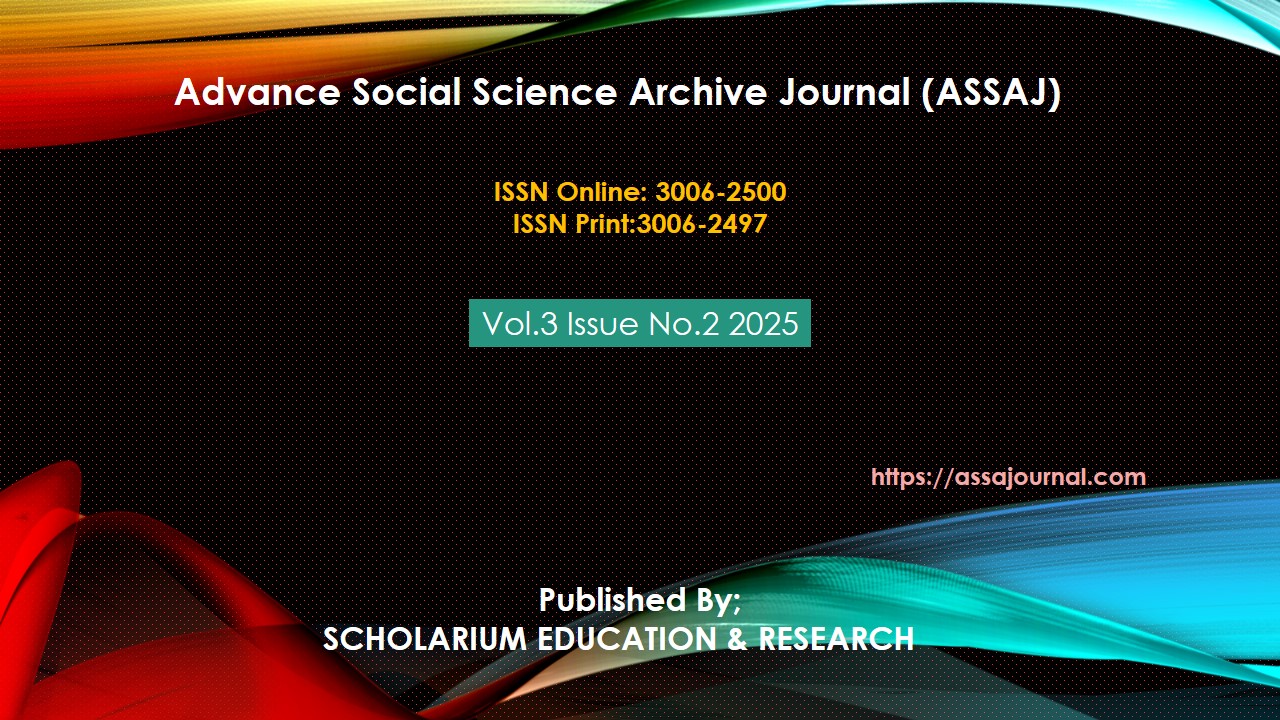Augmenting Tertiary-Level Scholastic Outcomes for Visually Impaired Learners via Advanced ICT Modalities
Abstract
The study focuses on the role of the Information and Communication Technology (ICT) in increasing accessibility of education and facilitating student-to-student learning and supports among VI students in the university. A quantitative research approach was utilized in obtaining data regarding the knowledge of visual impaired students regarding their utilization of assistive tools such as screen reading software, voice to text applications and electronic braille books. Findings showed that 88% of the participants utilized ICT facilities regularly, and over 80% of them reported improved academic performance, confidence, and autonomous learning. There were no statistical variations in attitude by gender or visual impairment category, but notable heterogeneity by study discipline and level of education. The primary issues were reported to be little infrastructure, lack of training, and affordability. The students with longer exposure to assistive technology showed greater level satisfaction, indicating that universal and long-term access is essential. ICT training incorporation in syllabuses of courses and policy implementation in institutions is suggested by the study for inclusive education. In conclusion, the results affirm the significance of institutional intervention to guarantee ICT seizes its potential in providing equal opportunities for blind students to learn.
Keywords: Information and Communication Technology (ICT), Visual Impairment, Assistive Technology, Higher Education, Academic Performance.





